The die-casting process not only allows for the manufacturing of various complex and precision components but also significantly enhances the quality and production efficiency of the products. The casting process is widely applied across industries such as automotive, aerospace, and medical devices. In this article, I will share with you the process and operational standards of this technology to provide a clear answer to the question, "What is the casting process?"
In the die casting process, the first step is to prepare aluminum ingots or zinc ingots and heat them to a liquid state. Then, the molten aluminum/zinc alloy is injected into a specially designed mold cavity under high temperature and pressure. This cavity is the mold that shapes the product. The molten metal fills the mold cavity and can cool and solidify under a certain pressure for a specific period. Finally, the mold is opened, the finished product is removed, and precision die casting products are obtained after subsequent processing.
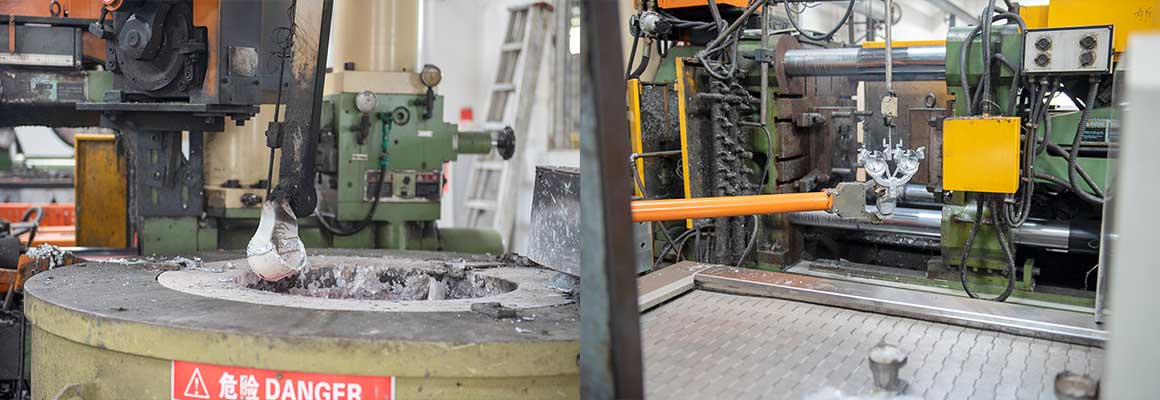
Below are some of the most common and key advantages of die casting:
High Strength and Durability: Die-cast products typically have high density and a uniform microstructure, exhibiting excellent strength and durability.
Precise Dimensions and Intricate Shapes: Die casting processes can manufacture parts with exact dimensions and intricate shapes while maintaining high consistency.
High Production Efficiency: Die casting processes allow for the rapid and high-volume production of components, thereby increasing production efficiency and reducing costs.
High Design Freedom: Die casting technology enables designers to meet almost any shape and structural requirements, providing greater design freedom.
Recyclability: Die-casting production generates less waste, and the metals can be recycled for further use, aligning with the principle of sustainable development.
Comparison With Plastics: Die-cast products typically exhibit higher strength and durability than plastic products, especially in harsh environments such as high temperatures and pressures.
Die casting technology is widely used in multiple fields. Below are some main applications and related case studies of die casting technology.
Automotive Industry: They were utilized in manufacturing engine components, transmission casings, body structural parts, etc. For instance, engine cylinder blocks, crankcases, and gearbox housings.
Aerospace Industry: Aerospace components include engine housings, aircraft structural parts, and aerospace electronic equipment casings.
Electronic Products: The casing of electronic products, such as phone casings, laptop components, camera housings, etc.
Industrial Equipment: Various types of industrial equipment and mechanical devices, such as pump bodies, valve bodies, instrument enclosures, etc.
Application Case: Taking automotive components as an example, German automaker Volkswagen utilizes die-casting processes to manufacture engine cylinder blocks and transmission cases for several models in its lineup. These components play a crucial role in the vehicles' performance and reliability while significantly reducing the overall weight of the cars and improving fuel efficiency and emission performance. This showcases the successful application of die-casting processes in the automotive industry.
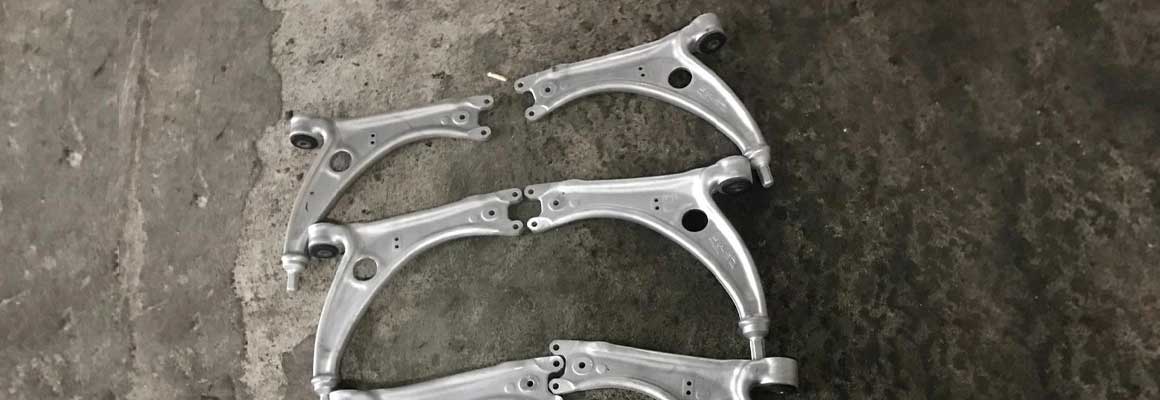
Different types and configurations of die casting machine equipment are available, and the following are some common types:
Cold Chamber Die Casting Machine: Cold chamber die casting machines are mainly used to process high melting point metals, such as aluminum and magnesium alloys.
Hot Chamber Die Casting Machine: The hot chamber die casting machine is primarily used for processing low melting point metals, such as zinc alloys, magnesium alloys, etc.
Vertical Die Casting Machine: When operating a vertical die casting machine, the injection piston moves downward, allowing the metal to be injected from the upper heated melt chamber into the mold. This type of machine is suitable for casting some special-shaped components.
Fully Automatic Die Casting Machine: With a high level of automation and high production efficiency, equipped with automatic spraying and automatic mold opening and closing systems, these machines are widely used in mass production.
Large Die Casting Machine: They are used to produce large metal parts, such as automobile engine blocks, engineering machinery, etc.
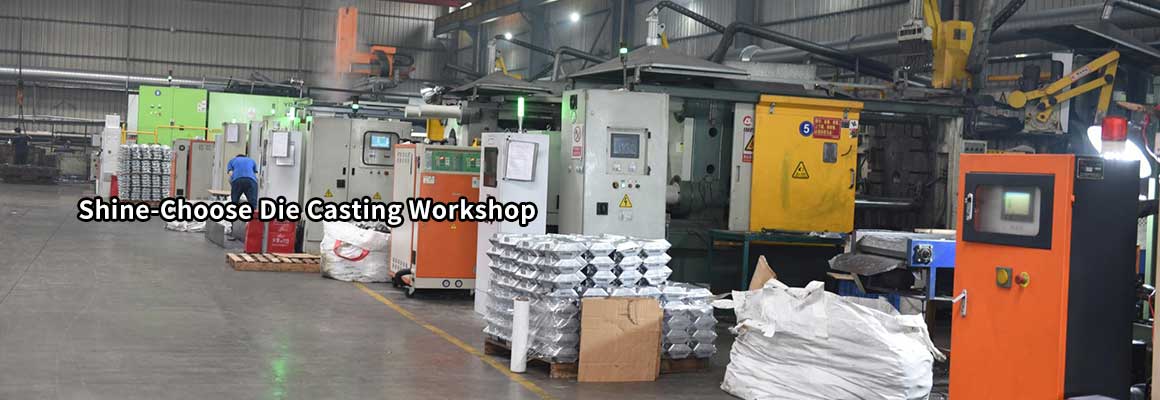
In addition to the main types mentioned above, there are also many special-purpose die casting machines available to meet the requirements of molding different structural components for various applications.
Below are common die-casting materials and their characteristics:
Aluminum Alloy: Lightweight, excellent thermal and electrical conductivity, good machinability, and strength.
Zinc Alloy: Good fluidity, excellent corrosion resistance, and high surface finish.
Magnesium Alloy: Lightweight, high strength-to-weight ratio, and rigidity, excellent corrosion resistance.
Copper Alloy: Good electrical conductivity, thermal conductivity, and impact energy absorption.
Iron Alloy: High strength, excellent wear resistance, and high-temperature resistance.
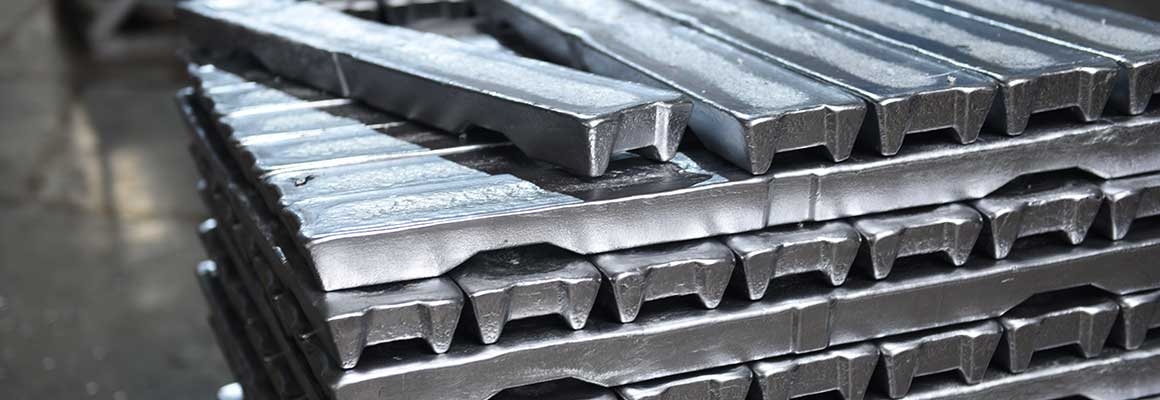
There are also some special alloys, such as titanium alloys, nickel-based alloys, etc. These die-casting materials have specific physical, chemical, and mechanical performance characteristics. Various product requirements can be met by selecting the appropriate materials.
Die casting process is a commonly used metal forming technique involving the following main steps and key technical points.
Selecting appropriate materials such as aluminum alloy, magnesium alloy, and zinc alloy based on the product's performance requirements. Choosing the right die casting machine tonnage according to the product's size. Analyzing the product structure and considering the design of the number of cavities in the mold.
Design the mold structure based on product shapes and size requirements, considering the reasonably placed components such as runners, gates, and vents. Develop an efficient cooling system to ensure fast cooling and solidification of castings, preventing hot cracks and deformations. A well-designed mold can help reduce porosity and flash in die castings.
Melting and Heating: The metal alloy is heated to a liquid state in the die-casting Machine.
Filling the Mold Cavity: The molten metal is injected into the mold cavity using a plunger or nozzle of the die-casting machine.
Applying Pressure: Apply appropriate pressure to ensure the metal alloy fills the mold cavity details.
Fast Cooling: Controlling the cooling time and process allows the molten metal to rapidly cool and solidify, avoiding defects such as shrinkage and air bubbles.
Mold Removal: Opening the mold and retrieving the solidified casting, carefully avoiding deformations and damage.
Secondary Processing: Trimming the surface of castings, removing burrs, flash, and remnants, drilling and tapping, CNC machining, polishing, and buffing.
Surface Decoration: Sandblasting, Powder Coating, Polishing, Spray Coating, UV Printing, Oxidation, Single-color Electroplating, Multicolor Electroplating, Gradient Electroplating, Electroless Plating, Printing, Screen Printing.
Quality Inspection: Conduct visual inspection, dimensional measurement, mechanical performance testing, etc., to ensure the castings meet the required standards.
Mold Design and Manufacturing Technology: Consider designing mold structures and determining whether they can be depanned.
Metal Liquid Performance Control: Control molten metal's temperature, flow rate, and gas content to ensure complete filling.
Cooling System Design: Design a reasonable cooling system to control the cooling rate and avoid internal stress concentration.
Pressure Control Technology: Ensure stable and uniform pressure application to avoid voids and cracks.
Cooling and Solidification Control: Ensure appropriate cooling time and speed to avoid shrinkage and air bubble formation.
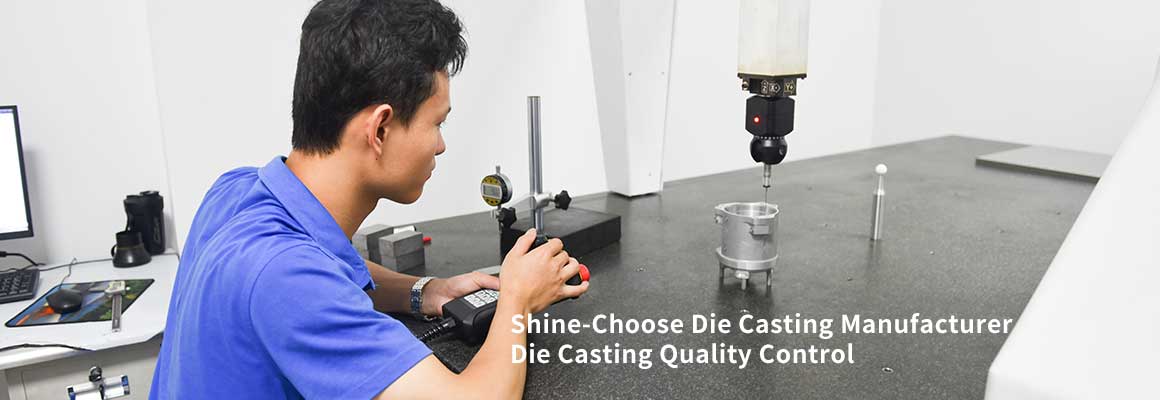
Raw Material Inspection: Inspect the selected magnesium alloy, aluminum alloy, zinc alloy, and other raw materials to ensure they meet design requirements and standards.
Mold Inspection: Regularly inspect the condition of the mold, including surface damage, wear, etc., to ensure the mold's service life and stability.
Production Process Monitoring: Monitor production parameters in real-time during the die-casting process, such as pressure, temperature, injection speed, etc., to ensure process stability.
First Piece Inspection: Inspect the first piece of each batch to ensure that the first produced part meets the specified quality standards.
In-process Inspection: Conduct regular in-process inspections during production to ensure the stable quality of the die-cast parts.
Dimension Measurement: Use measuring tools (such as calipers, micrometers, projectors, etc.) to measure the dimensions of the die-cast parts to ensure they meet requirements.
Visual Inspection: Inspect the appearance of the die-cast parts, including surface defects, pores, cracks, etc.
The rapidly growing demand for applications and technological innovation is driving the rapid development of the die casting machine industry. Firstly, in the automotive manufacturing industry, the increasing demand for electric vehicles will further expand the application of die casting machines due to the demand for lightweight and high-strength materials. Secondly, in the aerospace sector, the demand for high-strength, rigidity, and corrosion-resistant materials will promote the application of die casting technology. Other sectors, such as electronic communication, medical devices, energy conservation, new materials, intelligent manufacturing, and green manufacturing, will also place higher demands on die casting machines. As a result, the die casting machine industry needs to constantly innovate, improve product quality, and optimize energy efficiency to meet the needs of different industries. Challenges include enhancing precision and stability, reducing energy consumption and environmental impact, and controlling production and maintenance costs. Therefore, future developments will focus on technological innovation, improving product quality, and optimizing energy efficiency to ensure the sustainable development and cost-effectiveness of the die casting machine industry.
Die casting is a widely applied important technology in the modern manufacturing industry. It involves heating metal materials to a liquid state and injecting them into molds to produce products with high strength, precise dimensions, and complex shapes. Die casting enhances product quality and production efficiency and finds extensive applications in fields such as automotive, aerospace, and electronic products. With the continuous improvement of process flows, key technologies, and quality control, die casting technology will continue to play an essential role in the future, meeting the growing market demands, driving the sustainable development of the manufacturing industry, and embracing broader development opportunities.
Copyright © 2023 :Guangdong Shine-Choose Smart Manufacturing Co., Ltd